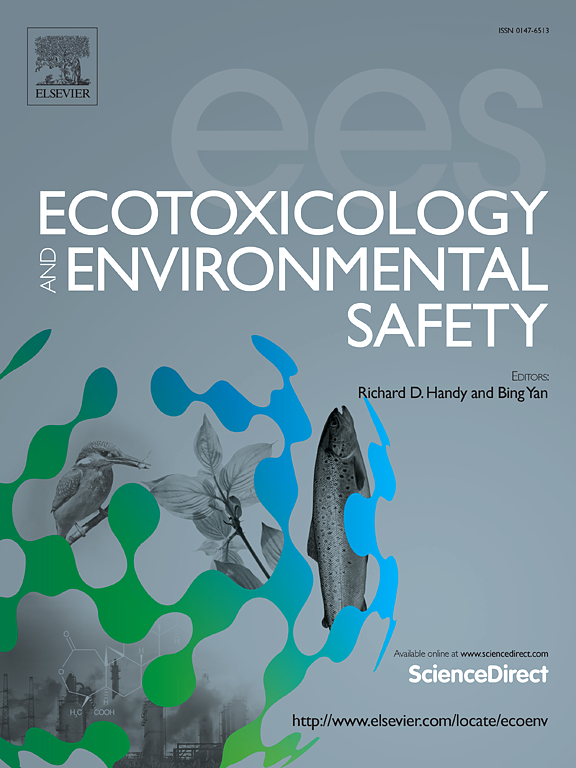Biodegradation of CAHs and BTEX in groundwater at a multi-polluted pesticide site undergoing natural attenuation: Insights from identifying key bioindicators using machine learning methods based on microbiome data
IF 6.2
2区 环境科学与生态学
Q1 ENVIRONMENTAL SCIENCES
引用次数: 0
Abstract
Groundwater pollution, particularly in retired pesticide sites, is a significant environmental concern due to the presence of chlorinated aliphatic hydrocarbons (CAHs) and benzene, toluene, ethylbenzene, and xylene (BTEX). These contaminants pose serious risks to ecosystems and human health. Natural attenuation (NA) has emerged as a sustainable solution, with microorganisms playing a crucial role in pollutant biodegradation. However, the interpretation of the diverse microbial communities in relation to complex pollutants is still challenging, and there is limited research in multi-polluted groundwater. Advanced machine learning (ML) algorithms help identify key microbial indicators for different pollution types (CAHs, BTEX plumes, and mixed plumes). The accuracy and Area Under the Curve (AUC) achieved by Support Vector Machines (SVM) were impressive, with values of 0.87 and 0.99, respectively. With the assistance of model explanation methods, we identified key bioindicators for different pollution types which were then analyzed using co-occurrence network analysis to better understand their potential roles in pollution degradation. The identified key genera indicate that oxidation and co-metabolism predominantly drive dechlorination processes within the CAHs group. In the BTEX group, the primary mechanism for BTEX degradation was observed to be anaerobic degradation under sulfate-reducing conditions. However, in the CAHs&BTEX groups, the indicative genera suggested that BTEX degradation occurred under iron-reducing conditions and reductive dechlorination existed. Overall, this study establishes a framework for harnessing the power of ML alongside co-occurrence network analysis based on microbiome data to enhance understanding and provide a robust assessment of the natural attenuation degradation process at multi-polluted sites.
求助全文
约1分钟内获得全文
求助全文
来源期刊
CiteScore
12.10
自引率
5.90%
发文量
1234
审稿时长
88 days
期刊介绍:
Ecotoxicology and Environmental Safety is a multi-disciplinary journal that focuses on understanding the exposure and effects of environmental contamination on organisms including human health. The scope of the journal covers three main themes. The topics within these themes, indicated below, include (but are not limited to) the following: Ecotoxicology、Environmental Chemistry、Environmental Safety etc.

 求助内容:
求助内容: 应助结果提醒方式:
应助结果提醒方式:


